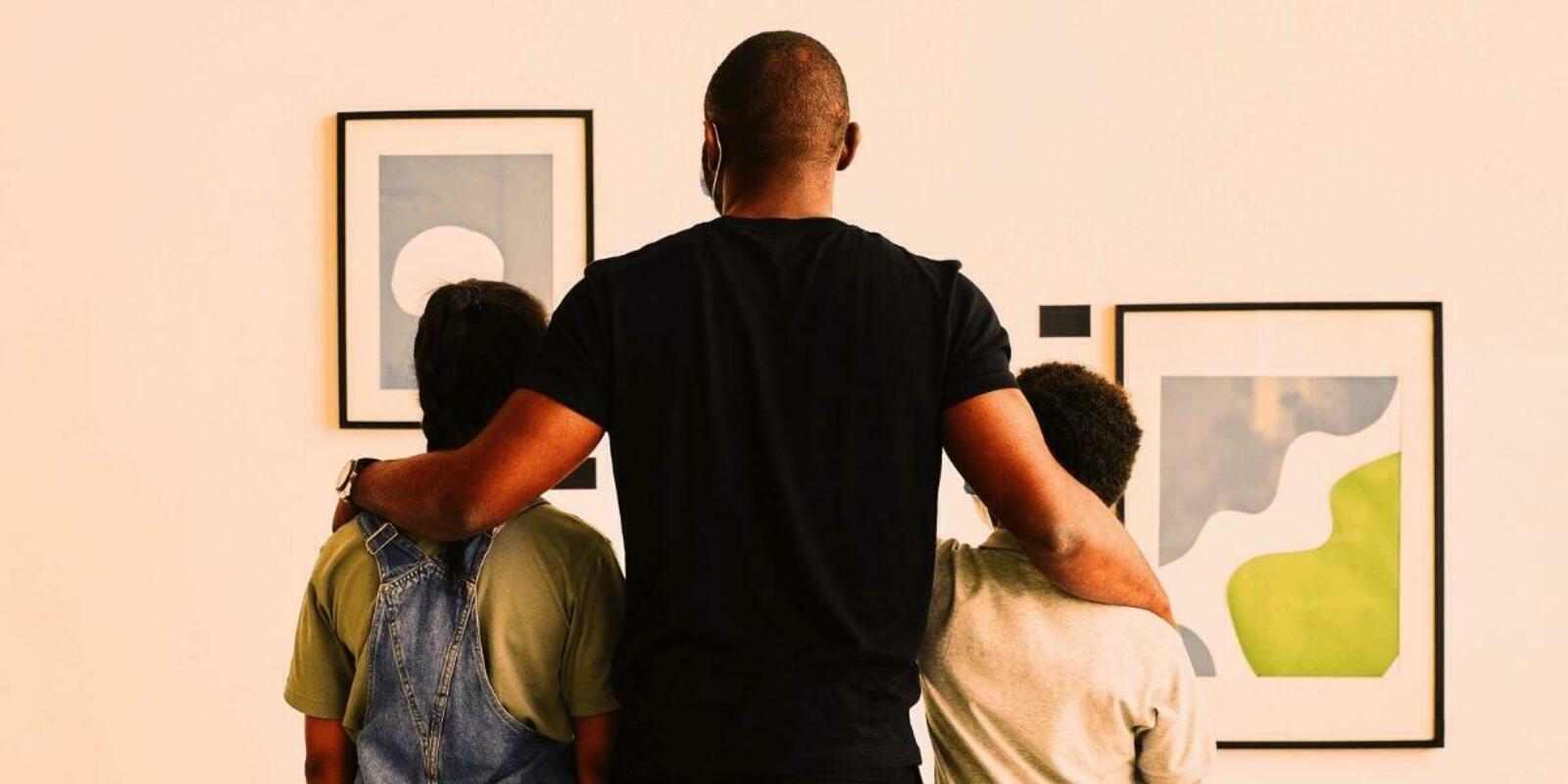
Appreciating art can be a rewarding and enriching experience. But it can also be intimidating or confusing if you're not sure where to start. Here are a few tips to help you get the most out of your art appreciation journey.
Keep an open mind
One of the most important things to remember when looking at art is to approach it with an open mind. Try not to make assumptions about what the artist was trying to convey or what you should be feeling when looking at the work. Instead, allow yourself to experience the artwork on its own terms and see what emotions or thoughts it evokes in you.
Look closely
When you first encounter a piece of art, take a few moments to really look at it. Notice the colours, lines, shapes, and textures. Pay attention to the composition and how the various elements of the artwork are arranged. If you're looking at a painting, try to identify the brushstrokes and how they contribute to the overall effect of the piece.
Consider the context
Art is often created within a specific historical, cultural, or personal context. Thinking about the context in which a piece was created can help you better understand and appreciate the work. For example, if you're looking at a piece of art from the 19th century, it can be helpful to learn about the artistic movements and social issues that were prevalent at the time.
Look for symbolism
Many works of art contain symbolic elements that convey a deeper meaning or message. Look for symbols in the artwork that might represent something beyond the surface level. For example, a tree might symbolise life or growth, or a river might symbolise the passage of time.
Consider the medium
The medium in which a piece of art is created can have a significant impact on the final product. Obviously, a sculpture made of bronze will have a very different appearance and feel than a painting made with oils. Understanding the properties and limitations of different mediums can help you appreciate the technical skills and artistic choices of the artist.
Don't be afraid to ask questions
If you're looking at art in a museum or gallery, there may be a staff member available to answer your questions. Don't be afraid to ask for more information or clarification. If you're looking at art online or in a book, try to find out more about the artist or the work itself through research or by asking someone who is knowledgeable about the subject. On this website it's quite easy to find the contact details of each artist. They'll all be happy to answer any of your questions.
Overall, the key to appreciating art is to approach it with curiosity and an open mind.
By looking closely, considering the context, and looking for symbolism, you can gain a deeper understanding and appreciation for the art you encounter.